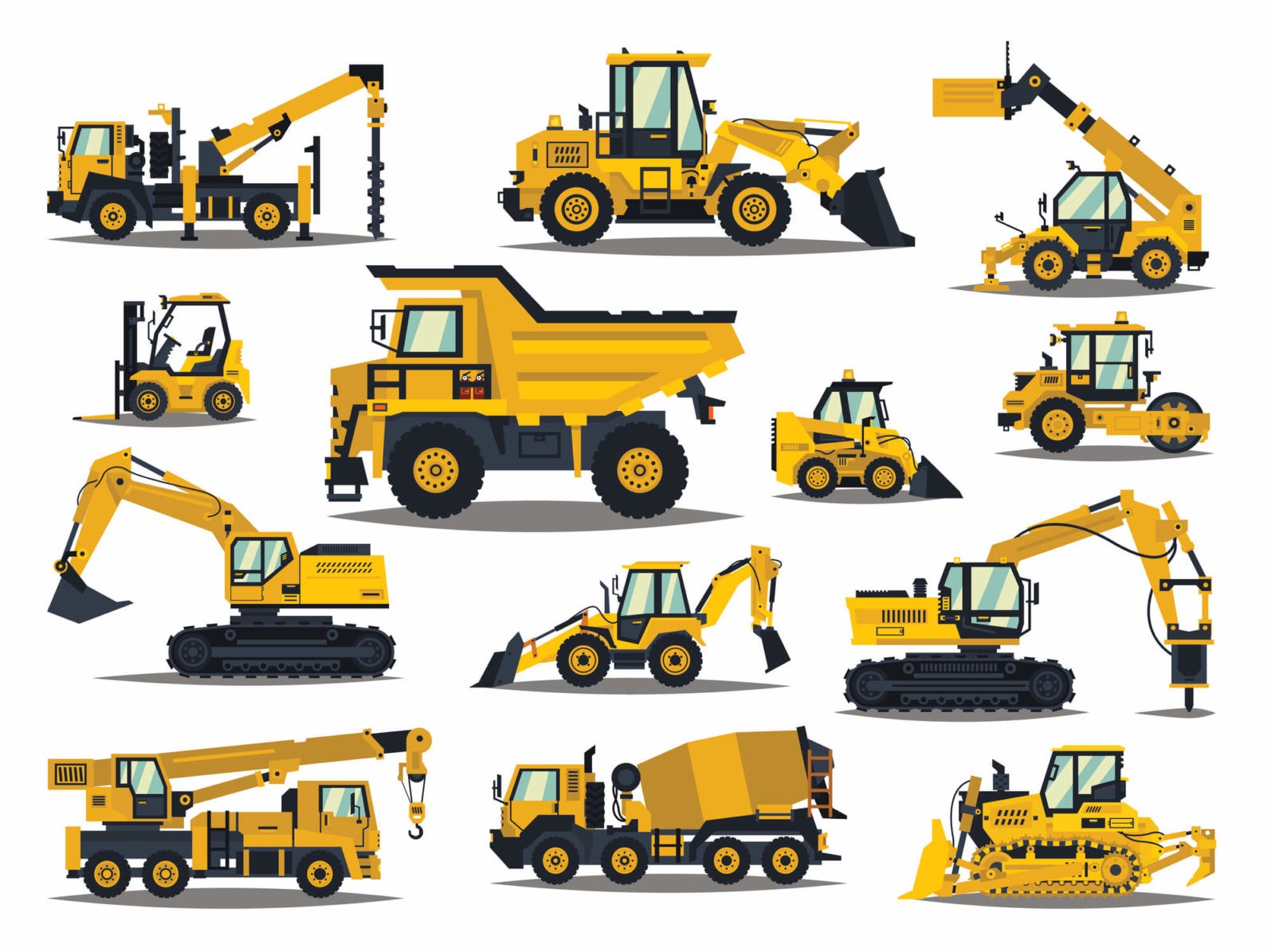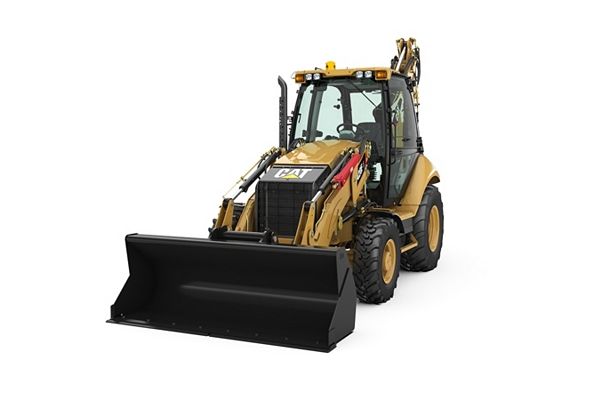Renting Vs. Purchasing Building And Construction Equipment: Making the Right Option for Your Task
When embarking on a building job, one of the critical choices that project managers and stakeholders encounter is whether to get or rent out building devices. The decision hinges on numerous variables such as expense considerations, task duration, devices upkeep, versatility, scalability, and risk administration.
Expense Factors To Consider
When evaluating the financial aspect of renting versus purchasing building and construction equipment, the lasting costs and upfront costs have to be meticulously thought about. Leasing tools frequently calls for reduced preliminary settlements compared to acquiring, making it an eye-catching choice for short-term tasks or service providers with spending plan constraints. Renting out removes the need for large resources expenses and minimizes the financial risk related to equipment possession, such as maintenance and devaluation prices. However, in the long run, consistently renting equipment can collect higher costs than purchasing, specifically for prolonged jobs.
On the other hand, purchasing building and construction tools entails greater upfront expenses yet can result in long-lasting cost savings, especially for regular customers or long-lasting projects. Eventually, the choice in between acquiring and leasing building and construction devices hinges on the job's period, regularity of use, budget plan factors to consider, and long-term financial goals.
Project Period

On the other hand, for lasting tasks or recurring building work, acquiring tools could be the extra affordable alternative. Investing in equipment can bring about cost financial savings over time, particularly if the equipment will certainly be often made use of. Furthermore, having tools gives a sense of control over its schedule and enables personalization to fit details job needs.

Equipment Maintenance
Offered the important duty job period plays in establishing the most cost-efficient method in between purchasing and leasing building and construction devices, the emphasis now changes in the direction of analyzing the important aspect of devices upkeep. Appropriate upkeep is critical for guaranteeing the optimum efficiency and longevity of building and construction equipment. Leasing equipment typically includes the advantage of having actually well-maintained equipment given by the rental firm. This can reduce the concern of maintenance jobs from the task proprietor or service provider, saving time and effort. On the other read hand, having tools calls for a positive approach to maintenance to avoid breakdowns, make sure safety, and expand the devices's life-span. Regular evaluations, maintenance, and timely repair work are essential to keep owned and operated devices in leading functioning problem. Element in upkeep expenses when determining between renting out and getting, as neglecting upkeep can result in pricey repair work, downtime, and task delays. Inevitably, a well-kept construction devices fleet, whether rented or had, is necessary for the effective and effective conclusion of construction projects.
Versatility and Scalability
In the realm of building and construction devices monitoring, the aspect of flexibility and scalability holds substantial importance for task efficiency and source use. Deciding to lease building and construction devices offers a high degree of versatility as it enables for the fast change of tools types and quantities based on the evolving needs of a project.
Moreover, scalability, another critical factor, is inherently connected to versatility. Renting out building equipment uses the advantage of quickly scaling operations up or down as job demands rise and fall. Professionals can promptly add or trade equipment to match the project's changing needs without the restraints of owning assets that may come to be underutilized or outdated. This capability to read review scale sources efficiently can lead to price financial savings and improved job timelines, making leasing a desirable alternative for tasks needing adaptability and responsive resource appropriation.
Risk Management
Effective risk management in building and construction tools procedures is critical to making sure job success and mitigating possible economic losses. Building tasks naturally involve numerous dangers, such as tools break downs, crashes, and project delays, which can significantly impact the task timeline and budget plan. By thoroughly considering the dangers connected with owning or renting out building devices, job supervisors can make informed choices to lessen these possible threats.
Leasing construction equipment can provide a level of threat mitigation by moving the responsibility of repair and maintenance to the rental business. This can reduce the monetary burden on the job owner in instance of unforeseen equipment failures (scissor lift rental). In addition, leasing supplies the flexibility to gain access to specialized equipment for specific job phases, minimizing the risk of having underutilized equipment
On the various other hand, possessing building and construction tools gives a sense of control over its usage and maintenance. Nonetheless, this likewise means birthing the complete duty for fixings, maintenance expenses, and devaluation, increasing the financial threats related to devices possession. Cautious threat analysis and consideration of aspects such as task period, tools application, and maintenance requirements are critical in figuring out one of the most suitable choice for efficient threat management in building projects.
Verdict
Finally, when deciding in between buying and renting building and construction equipment, it is crucial to take into consideration price, project duration, devices upkeep, versatility, scalability, and danger administration. Each aspect plays an essential role in identifying the most suitable choice for the project available. By thoroughly assessing these aspects, project supervisors can make an educated decision that aligns with their budget, timeline, and general job objectives.
